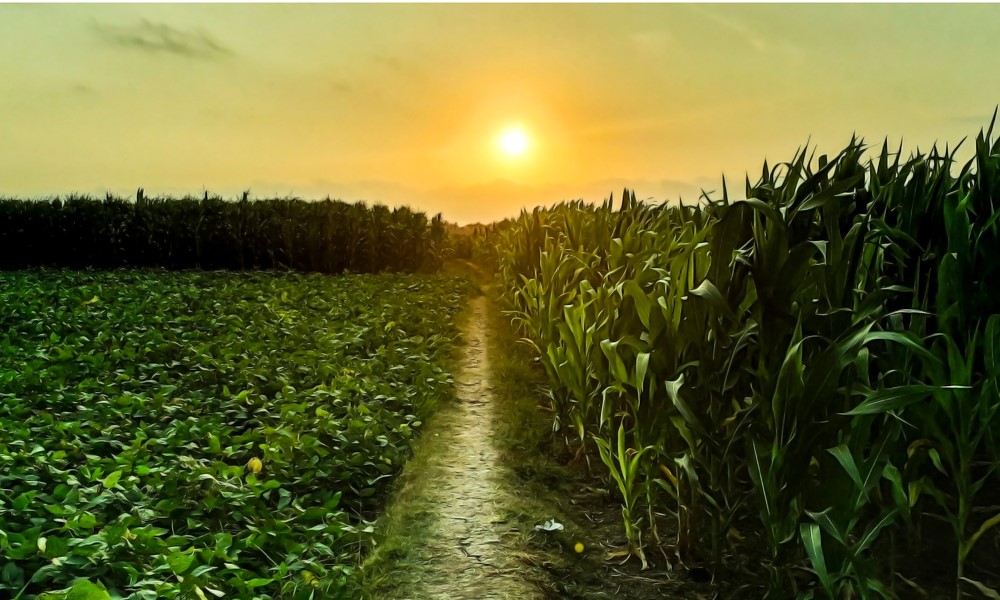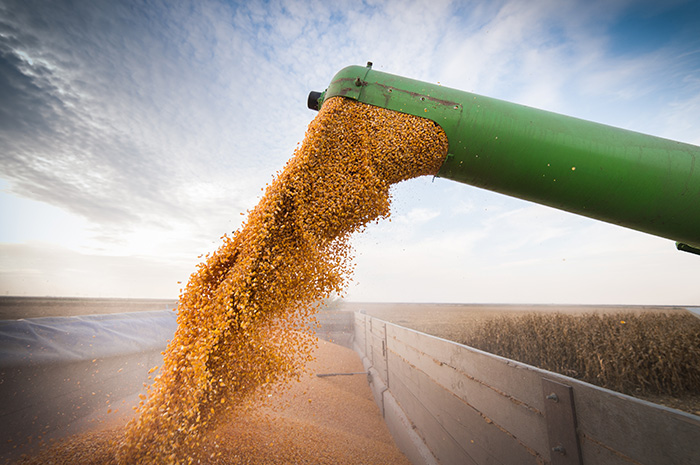Outside, everything looks phenomenal.
The weather is cooperating. The fields are dry — none of the standing water from a year ago. Temperature, just right.
Conditions are perfect for putting corn in the ground. So much so, according to the Minnesota Crop Progress and Condition report, farmers completed 40% of the corn planting as of April 27, which is 20 days ahead of last year. Compared to the same time one year ago, when the fields had standing water and tractors getting towed out of the deep muck, a meager 1% of corn was planted by this time.
This is a great spring for doing what you do, and in this area, you’re feeling pretty good.
Unlike what’s happening outside, things aren’t so great in the office. Even with food flying off the shelves at the grocery store, all indicators point to yet another hit on farm profits and income in the coming year. (If you’ve been avoiding your laptop because you’re not ready to destroy that feeling of satisfaction from getting corn in the ground, that’s understandable.)
Corn and soybean futures
When you look at corn futures, it reveals the market isn’t bullish about a speedy COVID-19 recovery.
Some of the decrease comes from reduced demand for livestock feed driven by closures of processing plants. Some of this should ease, thanks to the Defense Production Act President Trump enacted this week to keep meat-packing plants open, so as not to jeopardize the food supply. As World-Grain.com spells out, COVID-19 outbreaks can create other disruptions in the food supply, limiting output at facilities and creating logistics bottlenecks and shipping delays.
More significantly, ethanol plants are making quite a dent in corn market prices. Two thirds of ethanol plants have either ceased production or have reduced their output. Geoff Cooper, president and CEO of the Renewable Fuels Association, calls it a crisis. Other experts expect a slow recovery, even as the rest of the economy starts to bounce back.
Soybeans, on the other hand, have seen less of a hit. China did pledge to purchase 800 million bushels of corn and 350 million bushels of soybeans to bolster its stockpile. Though it comes as welcome news, soybean and especially corn markets didn’t make an about-face.
Does recession lie ahead?
What does it mean? “These prices are roughly consistent with a major recession occurring because of COVID-19 control measures,” says the April 28, 2020 FarmDoc Daily from the University of Illinois.
At the same time, the commentary goes on to say, these prices are “not a worst-case scenario.” This situation is new, and no one can say for certain what happens next.
“Given that social distancing measures have not been implemented before, no data exists to access the depth of recession, or the resulting recovery. We choose here to believe in a robust US economy, leading to recovery. A much larger and lengthy recession in the US or around the world would cause estimates to be worse than presented here. Conversely, a more buoyant recovery would result in higher prices than presented here.”
In the short term, you do your best to analyze your potential for profits at the end of the season, and perhaps you’ve already adjusted your planting rotation. This could mean increasing bean acres, planting alfalfa, or investing more in specialty crops.
Making the best choice for your operation in a global pandemic isn’t easy because, as they say, it’s all so unprecedented. For some upcoming dates and reminders for FSA program deadlines this year see below:
Important Dates and Deadlines FSA Programs 2020:
Visit the USDA Farmers.gov website for more details on the programs and dates below:
- May 15 Final Date to Submit an Offer for the CRP Grasslands Signup
- May 25 FSA Office Closed for Memorial Day
- June 1 Final Date to Apply for a 2019 Commodity Loan for Corn, Soybeans and Sunflowers
- June 30 Final Date to Enroll for 2020 ARC/PLC
- July 3 FSA Office Closed for Independence Day
- July 15 Final Date to Report Spring-Planted Acres
- July 15 Final Date to provide ARC-IC yields for 2013-2019
- August 21 Deadline to Submit an Offer for the Continuous CRP Signup
- August 21 Final date to Submit an Offer for Soil Health and Income Protection Program (SHIPP)
- September 30 Final Date for PLC Yield Update
At Minnwest Bank, our ag lenders are members of your community, and we're committed to helping your farm thrive. Schedule an appointment today.


